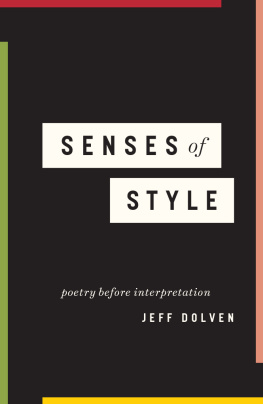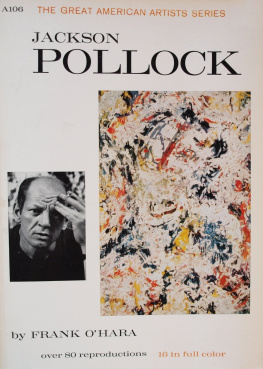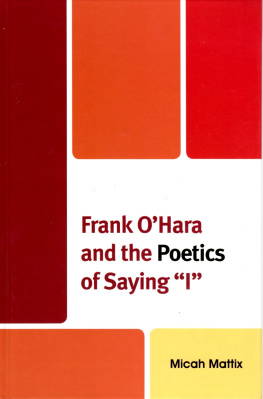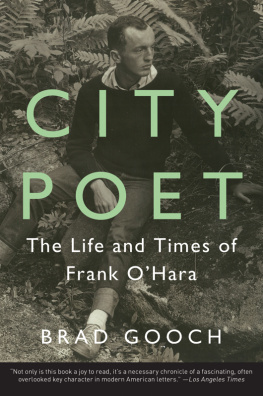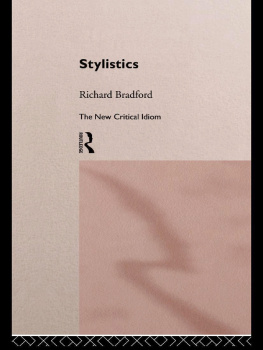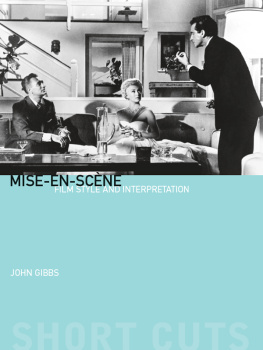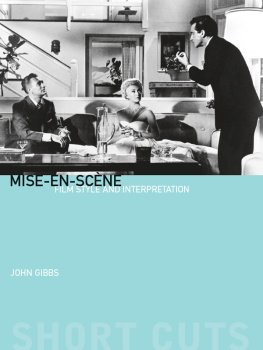
Senses of Style
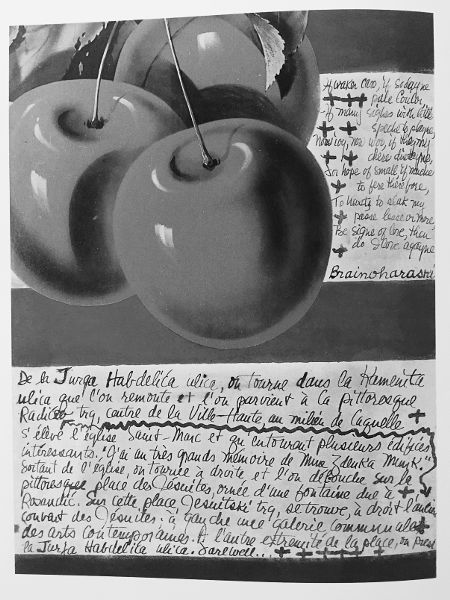
Senses of Style
poetry before interpretation
JEFF DOLVEN
THE UNIVERSITY OF CHICAGO PRESS CHICAGO AND LONDON
The University of Chicago Press, Chicago 60637
The University of Chicago Press, Ltd., London
2017 by The University of Chicago
All rights reserved. No part of this book may be used or reproduced in any manner whatsoever without written permission, except in the case of brief quotations in critical articles and reviews. For more information, contact the University of Chicago Press, 1427 East 60th Street, Chicago, IL 60637.
Published 2017
Printed in the United States of America
26 25 24 23 22 21 20 19 18 17 1 2 3 4 5
ISBN-13: 978-0-226-51708-7 (cloth)
ISBN-13: 978-0-226-51711-7 (paper)
ISBN-13: 978-0-226-51725-4 (e-book)
DOI: 10.7208/chicago/9780226517254.001.0001
The University of Chicago Press gratefully acknowledges the generous support of the University Committee on Research in the Humanities and Social Sciences at Princeton University toward the publication of this book.
Library of Congress Cataloging-in-Publication Data
Names: Dolven, Jeffrey Andrew, author.
Title: Senses of style : poetry before interpretation / Jeff Dolven.
Description: Chicago ; London : The University of Chicago Press, 2017. | Includes bibliographical references and index.
Identifiers: LLCN 2017023893 | ISBN 9780226517087 (cloth : alk. paper) | ISBN 9780226517117 (pbk. : alk. paper) | ISBN 9780226517254 (e-book)
Subjects: LCSH: Style, Literary. | English poetryHistory and criticism. | Wyatt, Thomas, Sir, 1503?1542. | Wyatt, Thomas, Sir, 1503?1542Literary style. | Wyatt, Thomas, Sir, 1503?1542Influence. | OHara, Frank, 19261966. | OHara, Frank, 19261966Literary style.
Classsification: LCC PN203 .D65 2017 | DDC 808dc23
LC record available at https://lccn.loc.gov/2017023893
This paper meets the requirements of ANSI / NISO Z39.48-1992 (Permanence of Paper).
: Joe Brainard and Frank OHara, Untitled (Cherries) (1964). Ink and collage on paper, 13 1/2 10 3/4 in. Thomas Wyatts If waker care is the poem in the upper right, in Frank OHaras handwriting. Used by permission of the Estate of Joe Brainard and the Collection of Kenneth Koch.
Photograph: Courtesy Tibor de Nagy Gallery.
CONTENTS
Style abhors a preface, if only because style is already here. A few words of introduction may be useful all the same. Senses of Style is made up of almost four hundred remarks, ranging in length from a sentence to a page. Its ambition is to offer an account of literary style that comprehends the contradictions typically dividing treatments of the subject; to ground that account in the works and lives of two poets, Thomas Wyatt and Frank OHara; and (a literary-historical pretext, but a real question as well) to explain the fascination of the second poet with the first.
The book begins and ends with continuing, how style keeps things going and keeps them from falling apart. In between, it explores four ironies of style (part and whole, art and nature, individual and group, description and judgment) and four antitheses of style (substance, aesthesis, interpretation, and narrative). These shifts of emphasis are recorded in the footer on each page. The composition, however, is digressive and interruptive; ideas emerge, subside, and reemerge; the contradictory nature of the subject is allowed expression as the books own self-contradiction. It attempts to acquaint the reader, as it goes, with the story of each poets life as well as with the sound of his poetry, for style has a way of reaching out from art into life and back into art again.
The subtitle promises to treat poetry before interpretation. What that claim means will emerge over the following pages, but it can be said at the outset to derive from a fundamental desire to distinguish reading for the style from other kinds of reading. Such a distinction is impossible to maintain as an absolute, and the blurring of styles boundaries with those of meaning, or beauty, or narrative is inevitable. This book is not least an exploration of the motives for such conflations and confusions. Nonetheless the claim there are only interpretations is as flattening as the claim style is everything, and to take either one as dogma is to sacrifice the distinct prospects afforded by the terms mutual independence. In that sense, the book might be said to be a critique of style, in the Kantian sense: an account of the words proper limits. But also an account of when and where the word is useful, and for what purposes, and what is at stake when its limits are tested, breached, redrawn. So, a pragmatist critique, if such a thing is possible, and one that chooses, when it must, philology over philosophy. Style means how we use it, if it means at all.
The remarks are numbered, and keyed to endnotes that provide citations, suggest other sources, and sometimes dilate on the remarks topic. Early modern texts have been quoted from modernized editions. Where those are unavailable, the spelling has been modernized ad hoc, preserving original punctuation. In a book about style, that inevitably means a loss in time-feel, but one I hope is outweighed by the gain in comprehension for the reader unfamiliar with the vagaries of period orthography. The pervasive influence of intermediaries such as amanuenses, scribes, and compositors on Wyatts texts means little is lost of his language, or little that is not lost already. Titles, as well as early modern sources embedded in modern quotations, are given in their original spelling.
1 Some Preliminary Contradictions
Style holds things together, things and people, schools and movements and periods. It makes us see wholes where we might be bewildered by parts.But it makes us see parts, too. Say you are asked to identify or describe a style, to account for an act of recognition. (That sounds like Gertrude Stein, or that looks like a Holbein.) You might pick out a detail like a figure of speech or a quality of line, and you might well find a name for it, isocolon or crosshatching. Style, with all of this specialized language, is manifestly an art, a technical accomplishment with terms and rules that can be taught and learned.Then again, cant style feel like something you are simply born with? Something that is in your gait or your hands, something you couldnt lose if you tried? A long habit, or even your nature, whether you like it or not. Styles idiosyncrasy is the individual signature that modernity, and not only modernity, wants from every great artist.And yet, is it not style that dissolves the artist into her time, his country or city, her circle of friends? Everyone and everything has a style, a style that is nothing more or less than location in social and historical space. None of us can escape that space, nor could we ever finally want to.All the same, even if everything has a style, isnt it true, or isnt it often said, that some people have style and others not? Far from being universal, style can make severe discriminations.
What to Do
Faced with these contradictions, it will be tempting to abandon the word altogether. Alternatively, and particularly if you are a philosopher, or a taxonomically minded critic, you might seek to impose some discipline. In the words of one art historian, The first step is to restore limits and shape to the shapeless objects of verbal abuse; to rediscover the purposes to which the word in question was appropriate; and to demonstrate its present unacceptable uses. There is another option, too: a shrug, a wry smile, or a barely perceptible nod of acknowledgment, as though to say,
Next page
